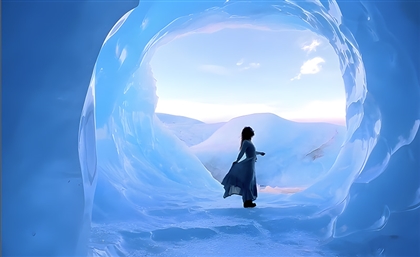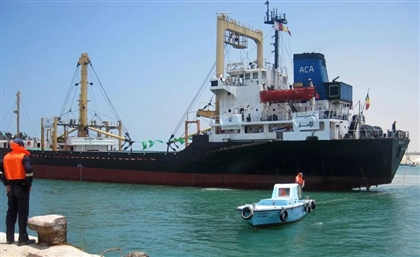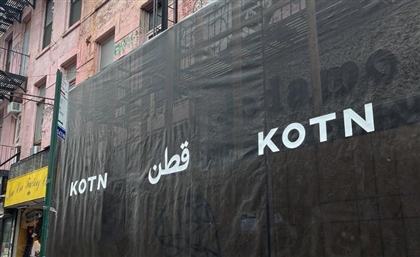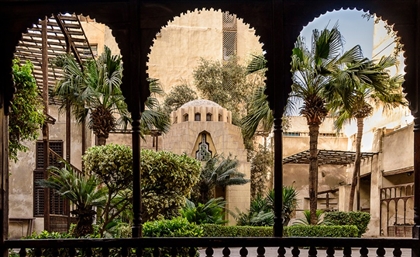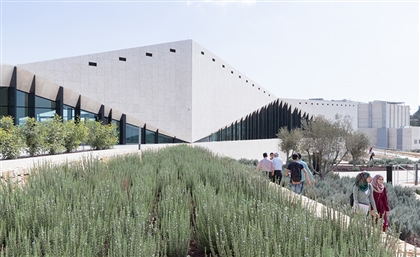Scaling Sinai with Nelly Attar: An Eco Exploration of an Egyptian Gem
For the first time - in collaboration with Eco Egypt - SceneTraveller is given unprecedented access to some of the most spectacular sites in South Sinai…
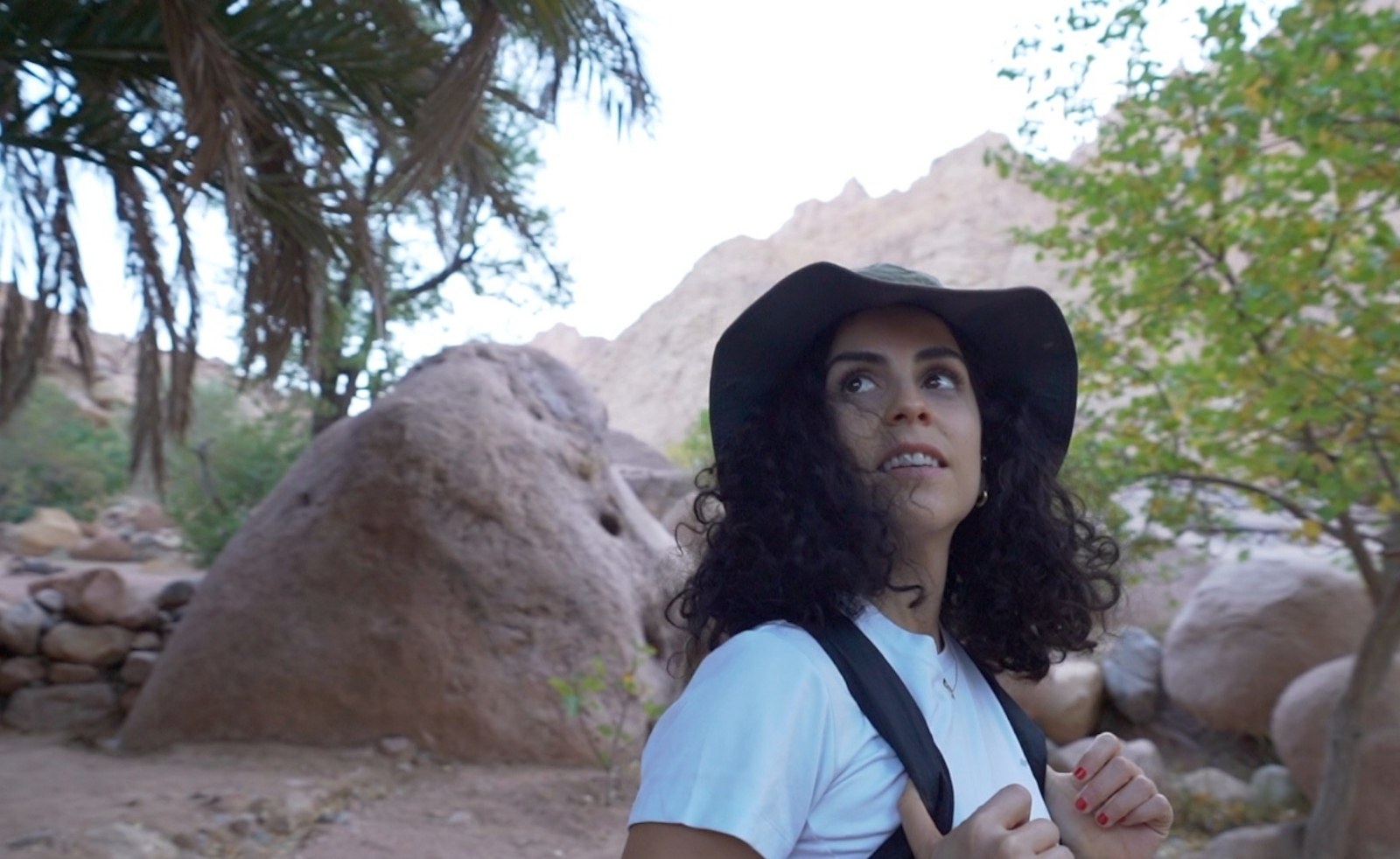
Beyond its dazzling antiquities, Egypt is home to a stunning wealth of natural sites that speak just as richly of the country as any museum or ancient temple. Unfortunately, these wonders have remained off the radar of most travellers, both Egyptian and foreign.
One initiative, however, is looking to change that by shining a spotlight on the many hidden gems and protected areas that exist across the country: Eco Egypt.
The sweeping campaign has made huge strides in educating and promoting Egypt’s protected areas, putting the spotlight on a different side of Egypt. As part of Eco Egypt’s efforts to showcase the eco-tourism in Egypt, SceneTraveller was given exclusive access to the pristine protected areas of South Sinai, and we invited a traveller who is no stranger to adventure. An avid explorer, Nelly Attar had conquered Mount Everest, but had yet to conquer Mount Sinai, just one of several stops on a whirlwind trip that saw her experience the magic of South Sinai for the first time.
TABA
Our trip kicked off quite fittingly in Taba, a protected area and hidden gem that offers travellers a unique experience that embeds them into local culture. Using the Ein Hudra oasis as our base, Taba opened up a whole world of exploration across Ghazala Valley, a stunning landscape of caves, dunes and acacia trees. It has often been labelled as a hiking destination, but our trip highlighted it as much more, a place that features an eclectic array of fauna and flora, a stronghold of Bedouin culture that has remained steadfast amongst the local community.
Sitting as the northernmost protected area in Sinai, Taba stretches across over 3,500 km2, its expansive landscape defined by steep valleys and high mountains. The area is arguably the most well-preserved region in South Sinai, a land untouched by the curse of modern man. It's for this reason it also boasts an incredible ecosystem of wildlife, the highlights of which are almost 500 kinds of flora, over 24 reptilian species and the famous Nubian Ibex. Taba isn't the kind of place to explore with an itinerary or a travel guide - it’s the kind of place you need to wander through and discover, something that local community guides are more than happy to help you do. Through safari tours and hikes, we found so many of these exotic flora and fauna at Melhes Mountain, the White Canyon and Ein Hudra, where the local Tarabin Bedouins live in harmony with their surroundings, their customs and practices sitting comfortably and unobtrusively as part of the mise en scene of it all.
The sense of awe really set in during our exploration of the area’s canyon’s, namely the White Canyon in Magaza and the neighbouring Closed Canyon, which together perfectly encapsulate the sheer unpredictable nature of the landscape. Accessible from the St. Catherine-Nuweiba road, the White Canyon is carved in the soft rock of a plain, its entry point meshing into the clear sky, before taking you into a sudden, deep drop, navigated by ladder and rope. From there, the narrow spaces open up, only to confront you with another deep drop, all of it showcasing remarkable formations and leading you to the oasis.
True to its name, the Closed Canyon invites explorers into even narrower corridors. Sitting between the Ein Hudra and Wadi Ghazala oases, a small, inconspicuous crack in a sandstorm plain marks the start of a truly unique experience. Some of the gaps are so narrow that they can just about be squeezed through. Eventually, you reach a space populated by large boulders and, eventually, a dead end, from which we trekked back to where we came from.
What truly took our breath away, however, is Salama Canyon. A geological gem, the canyon's 800 metre length of rocks radiate a range of crystalline colours in some parts, and a smooth, almost velvety appearance in others. Together, the three canyon’s showcase the area at its very most stunning, its natural, unpredictable formations speaking of a whole other world that exists in the depths of Taba Protected Area.
ST. CATHERINE
An iconic spot and right of passage for anyone travelling to Sinai, one of the main takeaways from our visit to St. Catherine Protected Area is that this is one place that has much more to offer than a hiking experience. As the highest peak in Egypt, the 2,641-metre St. Catherine Mountain stands as possibly the most famous and popular hiking ranges in the country. Beyond that, however, the area is rich with culture, thanks to the local El Jebiliya Bedouin community.
Out eyes and ears for the trip, the Bedouins shed light on a rich, hidden history into main areas: medicinal herbs and poetry born of the surrounding landscape and the local communities deep relationship with it.
St. Catherine’s religious significance is well-documented, but what Eco Egypt has been keen to highlight is that, like Taba Protected Area, there’s much more than meets the eye. The expansive mountainous region that encomases the likes of Ras Safsafa, Gabal El Banat and Gabal About El Goroun is prime for hiking expeditions and you’d be hard-pressed to find a better view than on the one you’ll find on any of these summits. If you slow down, even if just for a few minutes, you’ll also find an incredible array of flora, which the local community has lived on for years, using it for medicinal needs as well as for their food and drink. It can be found in every corner and crease, including Wadi Itlah and Wadi Jebal, with locals acting as our eyes and ears for what was an impromptu tour-come-tasting-session, leaving us in awe at the sheer amount of plants and the uses the local community gets out of them. That sentiment stretches to the fauna, too, with the area being home to the Sinai Blue Baton Butterfly (considered to be the world’s smallest butterfly) and the Caracal and Striped Hyena.
It’s those very same Bedouins, however, that really colour the experience and an impromptu spoken word performance reminded us that this is an experience that is just as much about immersing oneself in local El Jebiliya Bedouin culture as it is about passively marvelling at the sites.
RAS MUHAMMAD
From the mountain to sea, our next stop took us deep into the depths of the Red Sea, for a spectacular scuba session. Ras Muhammed Protected Area has, of course, long been known to be a diver’s dream. We were dumbstruck at the sheer amount of marine life and its incredible diversity.
Located around 25km from Sharm El Sheikh, Ras Muhammed Protected Area covers over 850 km2, and boasts a stunning coral reef area. That area is home to over 200 species of corals, over 1000 species of fish and over 150 species of crustaceans. It all comes together to create a veritable rainbow of a marine ecosystem - but one that Eco Egypt is keen to ensure is with us for many decades to come, the area is home to one of the world's most productive and diverse coral reefs on the planet, attracting visitors all year round. Yet, everything from high concentration of tourists to disposed plastics have taken a toll. It's one of the key pillars of Eco Egypt as an initiative. Environmental conservation is key and the campaign has made huge efforts to educate visitors on the best practices for this and so many other stunning features of Egypt that will only remain for generations to come if we all have a hand in ensuring its survival.
- Previous Article Dr.Sisilove or How (Not) To Diffuse A Bomb
- Next Article Ministry of Education to Launch 'Techbook' Programme for Students
Trending This Week
-
Apr 23, 2024
-
Apr 18, 2024




